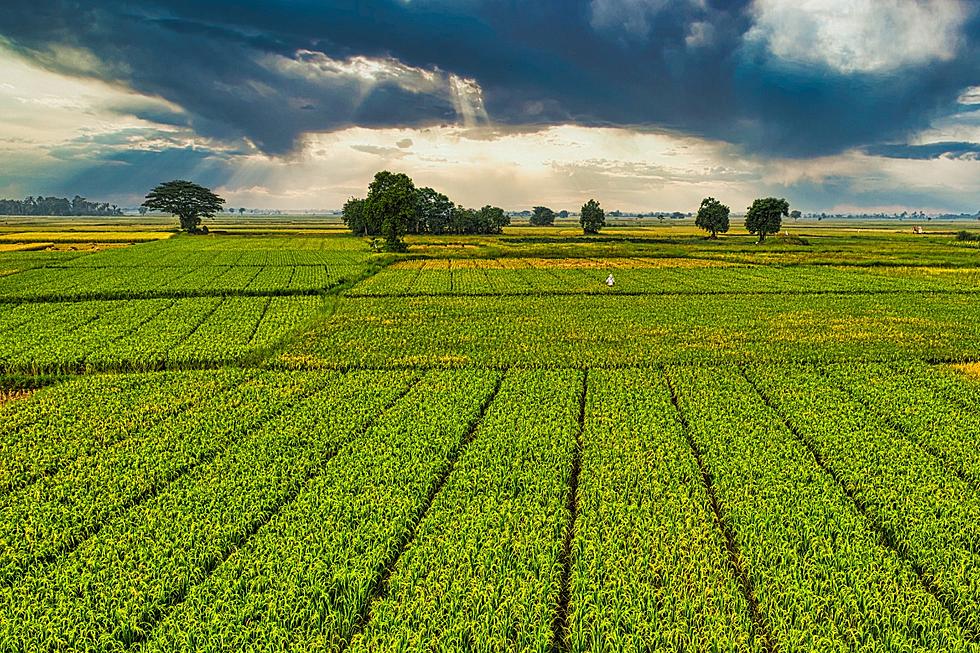
Rollie Pollie? Pill Bug? Potato Bug? They’re the Same and They’re Cool
The tiny relatives to crabs are known across the world, played with by millions of children, and feared by entomophobics across the board.
The critters were the bane of my mother, as at a young age I would often fill my pockets with them, swiftly forget about them and abandon them until she would find them in my laundry by the small handful.
Though we may be well accustomed with the bugs, many don't thoroughly understand how important a role they play not only in your yard, but across the planet.
First off, in case you were wondering...
They are considered of the Arthopod Phylum, including spiders, crabs and many more, and are of the Order Isopoda. Isopoda includes thousands of species which are quite similar in look, however while many live on land, some live in the ocean. They belong to the sub-order Oniscidea, which also includes around 5,000 known species.And lastly, they are in the Genus Armadillidum, which tuck their head inside their shell when they roll up.
As for diet, they primarily consume decomposing plant debris, including grasses, leaves and roots. Though they also seem to have a taste for their own waste (and other animals' waste) which they consume in order to keep the levels of copper steady in their system.
Their feeding practices also do much more than speeding the composting process in your yard. These little fellas are an important element of your soil’s natural ecosystem, helping to aerate, which allows water, nutrients and oxygen to spread throughout your soil more efficiently.
Beyond that, they are experts at heavy metal removal. I kid you not. These amazing bugs crystallize toxins in their gut, such as lead, cadmium, and arsenic, into spherical deposits. Beyond even that, they can survive in the most contaminated places that most other living creatures cannot. Making them an ideal, organic solution to cleaning up contaminated lands.
You've probably noticed that you've only found these critters in dark, damp places (like under rocks). This is because they breathe through feathery, gill-like lungs, requiring moisture to function.
The coolest facet concerning these little land cleaners (in my mind), is the fact that they have blue blood, much like many of their fellow crustaceans! That's freakin' straight up sci-fi! Awesome!
So, in the future, make sure you keep a healthy environment for these little buddies, as they can only help your soil.
The Best Sequels Not Made By the Original Movie’s Director
More From 610 KONA



![[LISTS] Washington State Wildfire Weekend Road Closures](http://townsquare.media/site/133/files/2024/07/attachment-Untitled-design-2024-07-26T064047.359.jpg?w=980&q=75)





